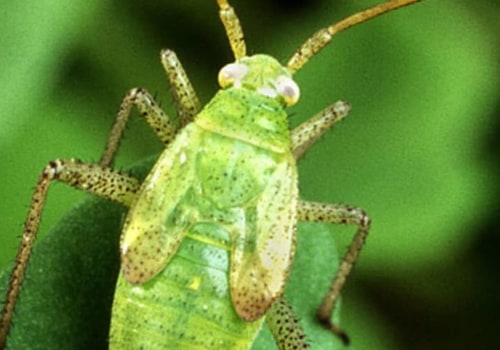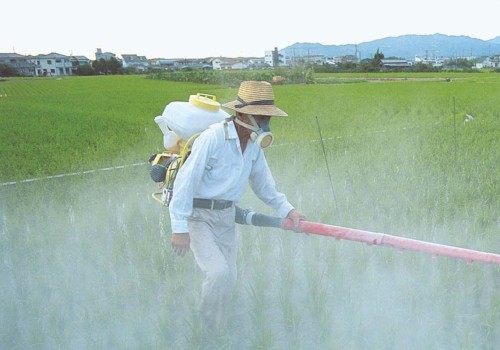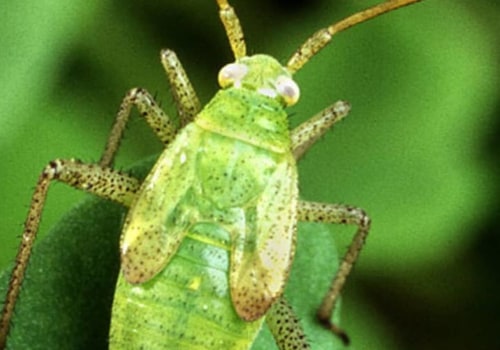Different types of pest control methodsOrganic pest control. The chemical method involves the use of chemical treatments to deter any type of pest. Chemical treatments are often one of the most popular types of control due to their effectiveness. Chemical pest control, particularly space spraying, tends to work best for severe infestations.
People who lack chemical, biological and electronic means to control a pest population often resort to physical methods. Physical pest control uses natural barriers such as nets or plastic sheets to protect crops.
Pesticides
often refer to the type of pest they control, for example. Insecticides kill insects and other arthropods; acaricides or acaricides kill mites.Insecticide use is regulated by the Federal Insecticide, Fungicide, and Rodenticide Act (FIFRA) of the Environmental Protection Agency and the Texas Department of Agriculture (TDA). Texas Agriculture and Environmental Safety project group A&M AgriLife can provide answers about the proper use and disposal of pesticides. If you have a pest problem, whether it's ants, cockroaches, earwigs or any other kind of crawling pest, then you need the existing problem to be solved quickly. Usually, for an existing infestation, you'll want extermination services.
These services can be provided in many ways, including insecticidal sprays, insect traps, or, in extreme situations, tents and spraying your entire home. Boron, a known pesticide, can be impregnated into the paper fibers of cellulose insulation at certain levels to achieve a mechanical death factor for self-cleaning insects such as ants, cockroaches, termites and more. Biological pest control is a method of controlling pests such as insects and mites through the use of other organisms. Forest pests present a major problem because it is not easy to access the canopy and monitor pest populations.
As such, the landlord will normally be legally responsible for most pest control issues that may arise. Act 1974 is also an enabling law that obliges employers to carry out pest control to protect employees at work. Using physical or biological techniques to control pests means that you will not be exposed to potentially harmful chemicals; toxicity can be harmful. In this way, some of the most serious pests have developed resistance and are no longer destroyed by pesticides that used to kill their ancestors.
Often, in less developed countries, crops adapt well to the local situation and no pesticides are needed. There are several types of cultural controls; the following are some examples of commonly used methods. This was the first very successful case of controlling an extraterrestrial plague by introducing its natural enemies from a foreign country, a technique that is now known as classical biological control. Poison bait is a common method for controlling rats, mice, birds, slugs, snails, ants, cockroaches and other pests.
Pest control is the regulation or management of a species defined as a pest, a member of the animal kingdom that negatively impacts human activities. Classic biological control involves the introduction of natural enemies of the pest that are bred in the laboratory and released into the environment.



